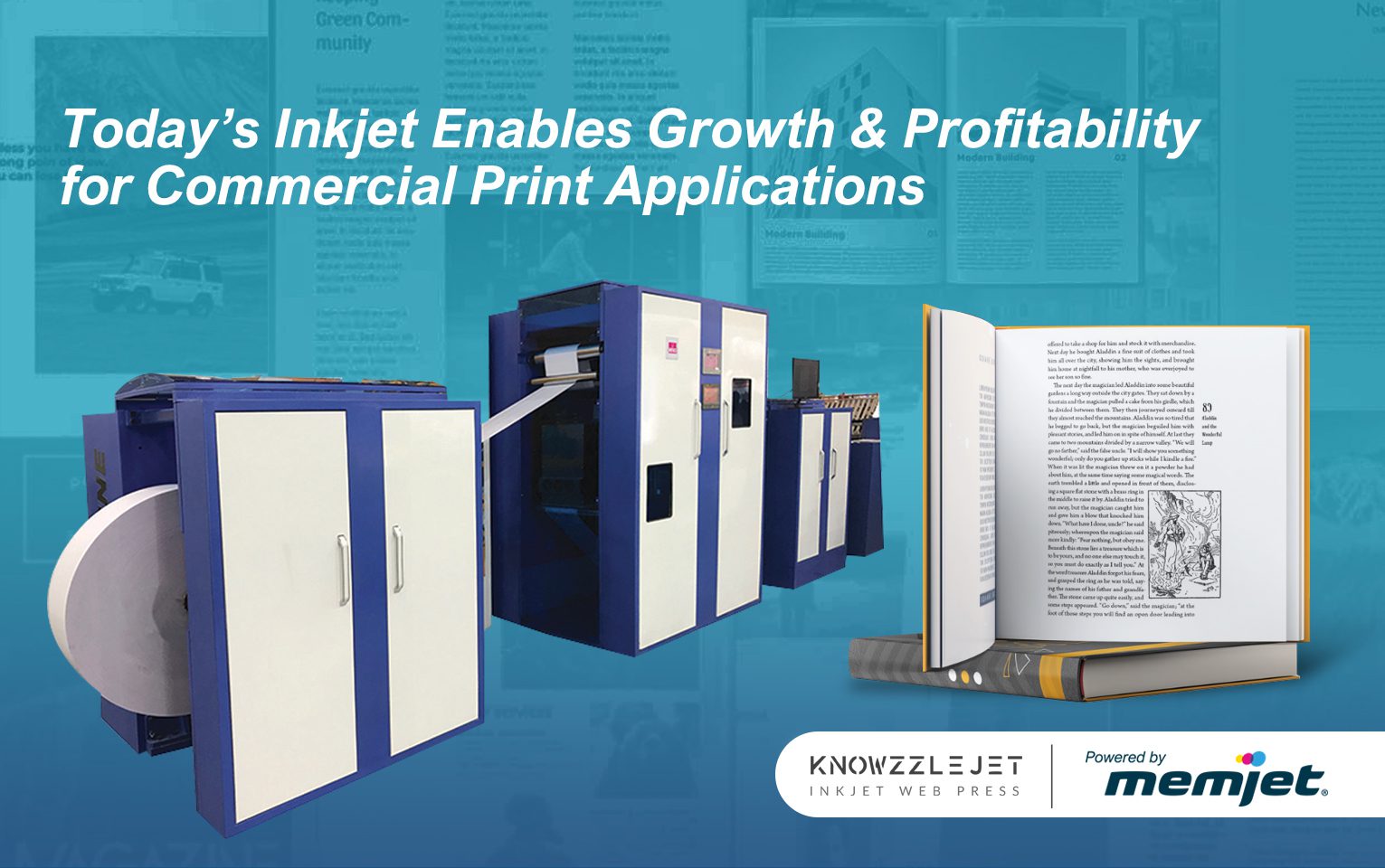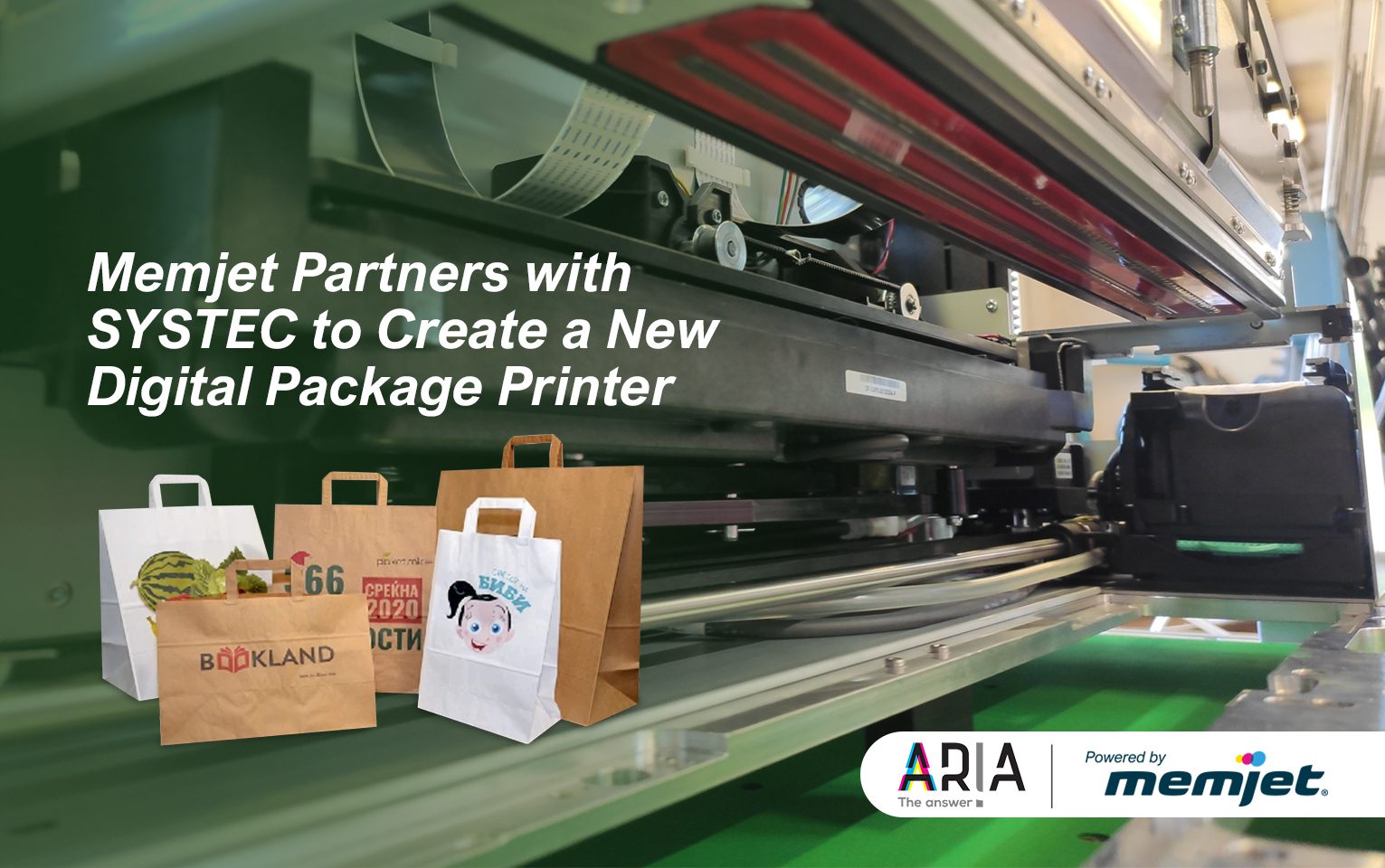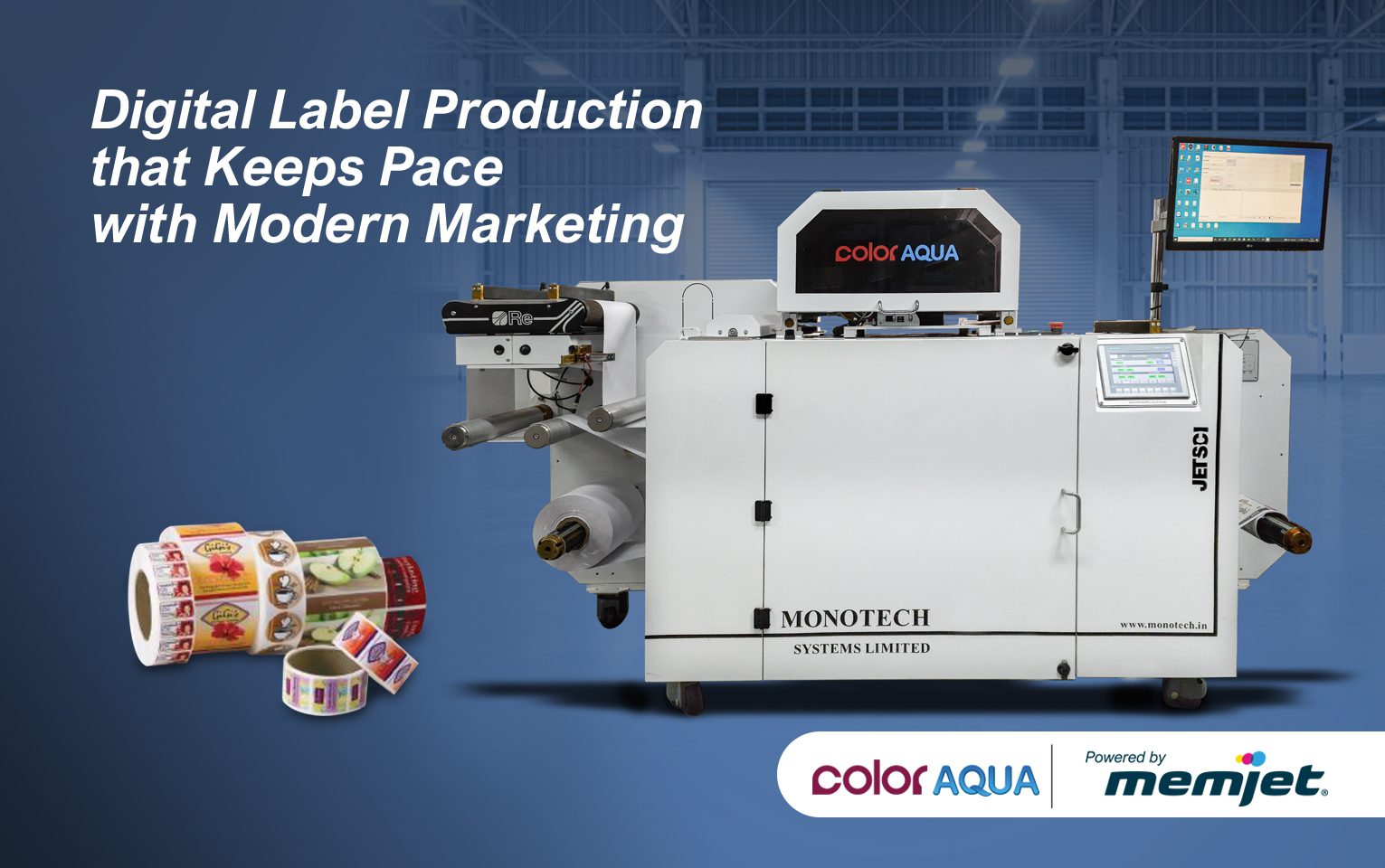Every day, your customers are exposed to hundreds of ads across digital and print mediums, many of which didn’t even exist until just a few years ago.
Think about it.
Besides websites, email and texting, consumers today face promotions while searching, streaming, strolling, scrolling, listening to a podcast, or using an app. All of this noise and saturation creates serious digital fatigue. Consumers subconsciously ignore the vast majority of digital ads that relentlessly flow past their eyes. Too many messages mean one ad doesn’t stand out from the next.

DIRECT MAIL TO THE RESCUE
Fortunately, direct mail has the power to break through the clutter and connect with customers in a more meaningful way.
As a print medium, direct mail compels attention precisely because it is physical. Texture, weight, dimensions, color, even smell – any one (or all) of these features can be used to make that envelope, folded self-mailer, or catalog to stand out in a consumer’s mailbox. Instead of immediately being tossed into the recycling bin, the mailing may be opened right away for a closer look.
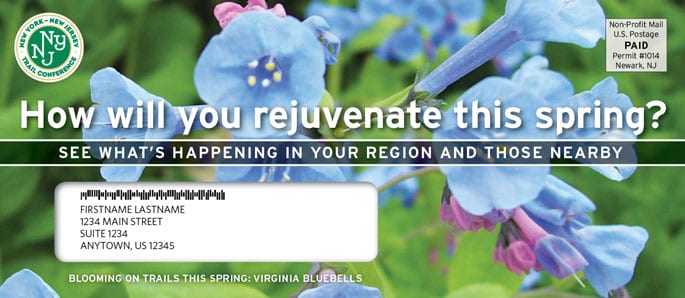
BECAUSE SCIENCE
Recent neuroscience studies show why a combination of copy, design, and print result in action-producing direct mail.
Market research firm True Impact found direct mail requires 21% less cognitive effort to process than digital media, meaning that it’s easier to understand and more memorable. In measuring consumer motivation levels in relation to cognition, with 1.0 as the benchmark for success, envelopes scored a 1.40. Dimensional mailers—like padded envelopes—pulled a 1.46. And envelopes with scent ranked highest of all formats with a ratio of 1.75. Email on a smartphone? Only a 0.91.
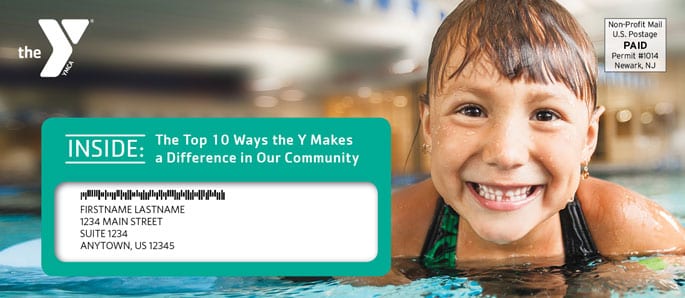
In another study, Temple University used fMRI brain scans (functional magnetic resonance imaging technique for measuring and mapping brain activity) to compare how people respond to digital and paper ads. It revealed that a stronger activation of the part of the brain associated with value and desire occurred when presented with print messages, such as mail, than with digital. Time spent with print and recall of its messaging was also higher than digital, according to researchers.

POWER OF INTERRUPTION
Instead of providing a momentary distraction, good direct mail interrupts a recipient’s habitual thought processes. It keeps them reading, focused on each new part of the mailing – the teaser on the envelope – the images – the headlines – the messaging.
The goal is to get your consumers to act on a call-to-action and say “yes” to your offer. The question your direct mail piece has to answer – in the consumer’s mind – is “What’s in it for me?”
But direct mail of today is different from direct mail of the past. Consumer expectations are changing, and today’s technologies give you a variety of options to create high quality, hyper-targeted, direct mail campaigns that are more relevant to your consumer’s interests.
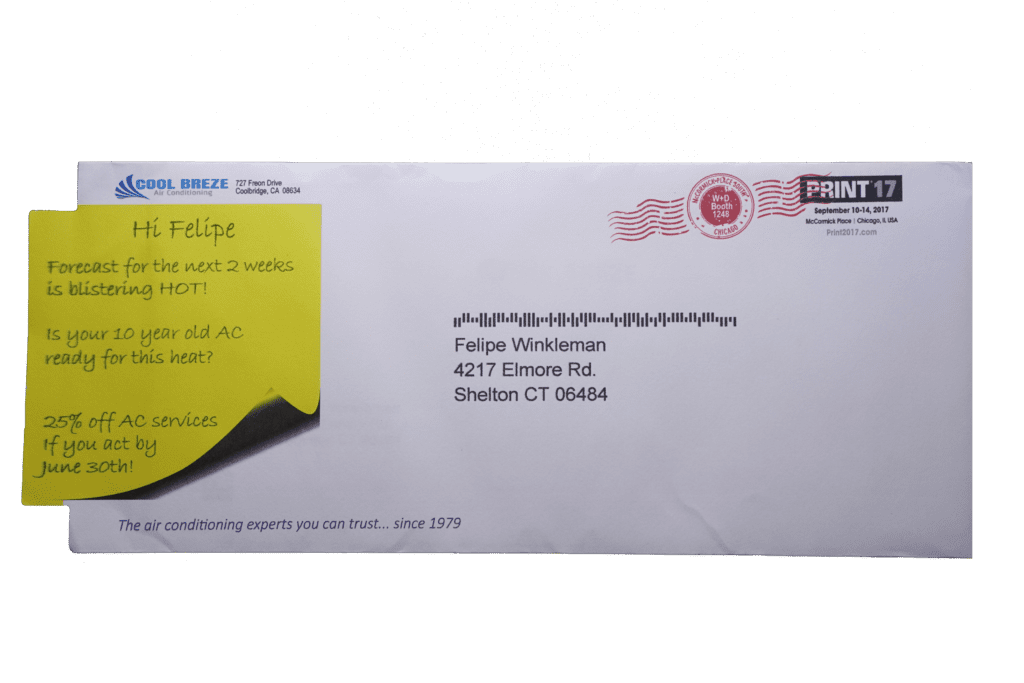 How?
How?
- Personalization – Use variable data to customize each mail piece with helpful information, images, and graphics that treat your consumers like an audience of 1, not part of a mass mailing.
- Printing – Today’s inkjet technology gives you flexibility in creating direct mail campaigns that are eye-catching, fast, and economical. Dazzle your audiences with ink, paper, finishes, and embellishments that others can’t match.
- Convenience – Make responding to an offer simple and frictionless. Put your website, for example, in multiple locations on the mail piece. Regardless of how your customers can respond to your offer – a URL, QR code, phone call, or in-person visit – remember that the customer experience across your channels should be quick, seamless, and consistent.
The bottom line: don’t let your ads get lost in the electronic crowd. With a defined strategy and the best print and marketing techniques, direct mail can engage your customers – and give their tired eyes a break.

